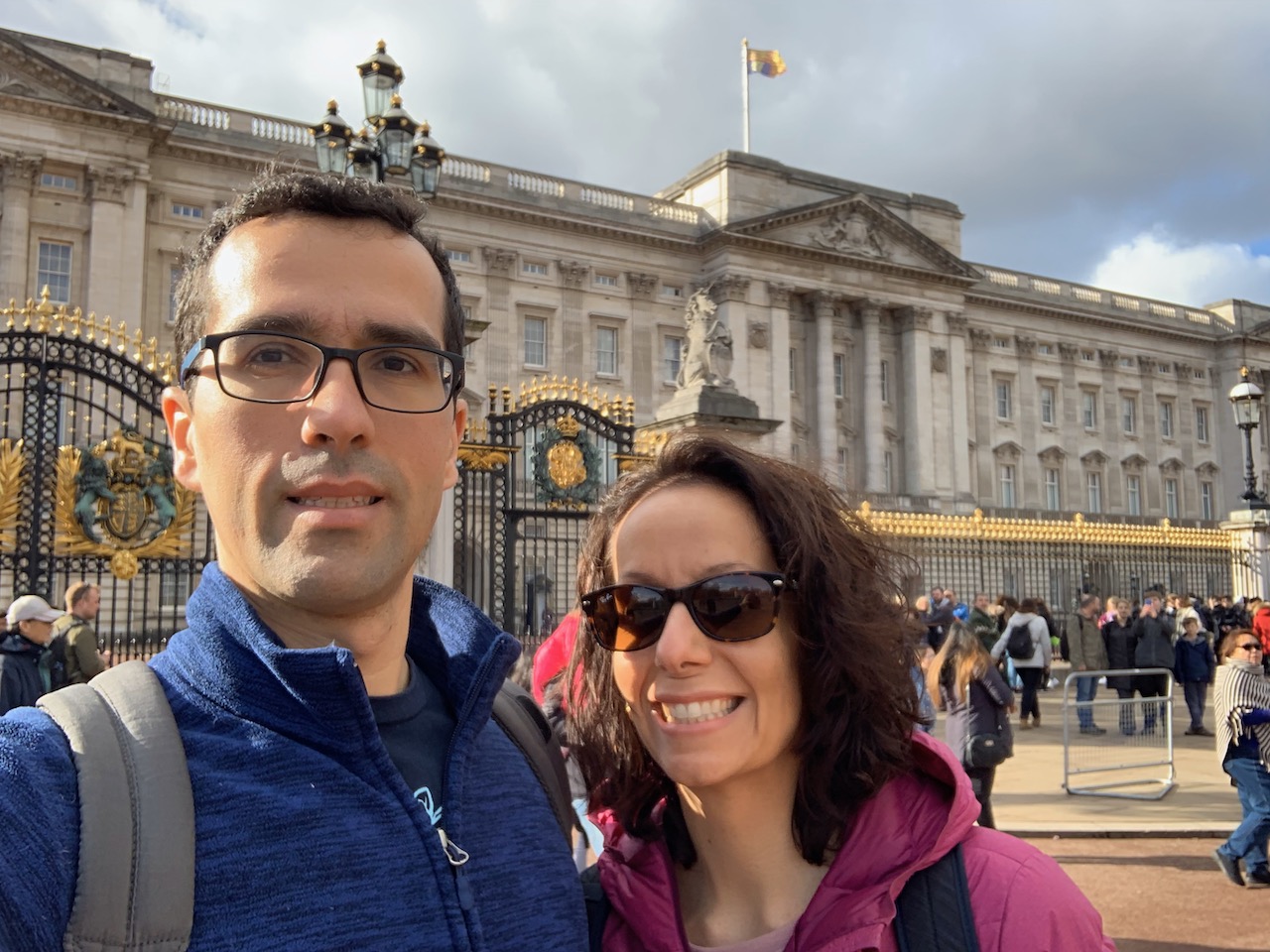Week 28: logs, just enough monitoring considering cost, tailscale ukraine uptime kuma, postgres
- How to write useful logs: Nice rules of thumb to keep in mind when writing application logs.
- Stop paying for luxury monitoring: Near and dear to my heart. The monitoring platform for an app itself can become a huge contributor to complexity in a system and also costly. Small to mid sized apps often don’t need elaborate monitoring strategies. If you can convince people to hold off on microservices that also makes understanding what’s going on in an easier to tool around.
- Remote power monitoring: How someone in Ukraine tracks whether their home has power as they endure power outages due to the ongoing war. Uptime kuma is a cool open source health checker
- Just Use Postgres for Everything: Postgres seems pretty amazing. I like this idea of a simple stack with only an app server and db. That’ll get most applications very far.
- Ten Years and Counting: My Affair with Microservices: Today’s long read about how a platform / team of developers evolved and got a bit more complex in tiny, well thought out increments.
- Fast Search Using PostgreSQL Trigram Text Indexes: Postfix trigram indexes for faster, better full text search used at gitlab. (At least 8 years ago … I guess they may have moved on since then! :))
- Transitioning to OpenTelemetry: Difference between tracing with otel and structured logging.
What is tailscale?
Best description of what stuff like tailscale and cloudflare tunnels do I’ve ever seen : (latter is free for small use cases!)
- “Software defined network spanning physical sites using wireguard with strong user auth”
Tailscale is an app that creates a flexible and easy-to-use software-defined network on top of the fast and secure WireGuard protocol. I have my own network that I can access from anywhere in the world. This network allows me to connect to any device I’ve joined, with a granular access control list (ACL) that lets me decide which devices can see and access specific resources.


